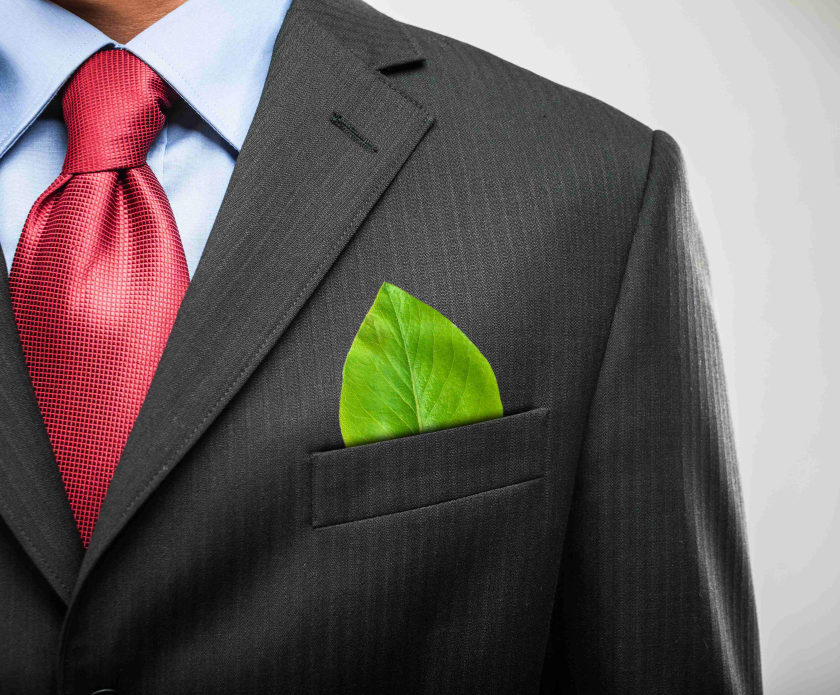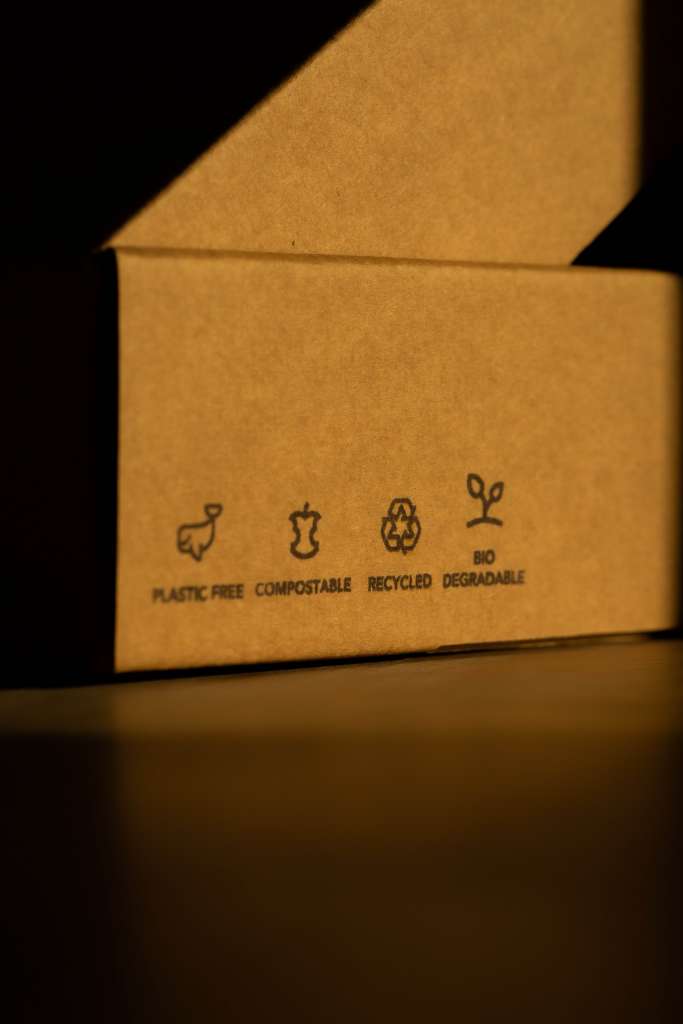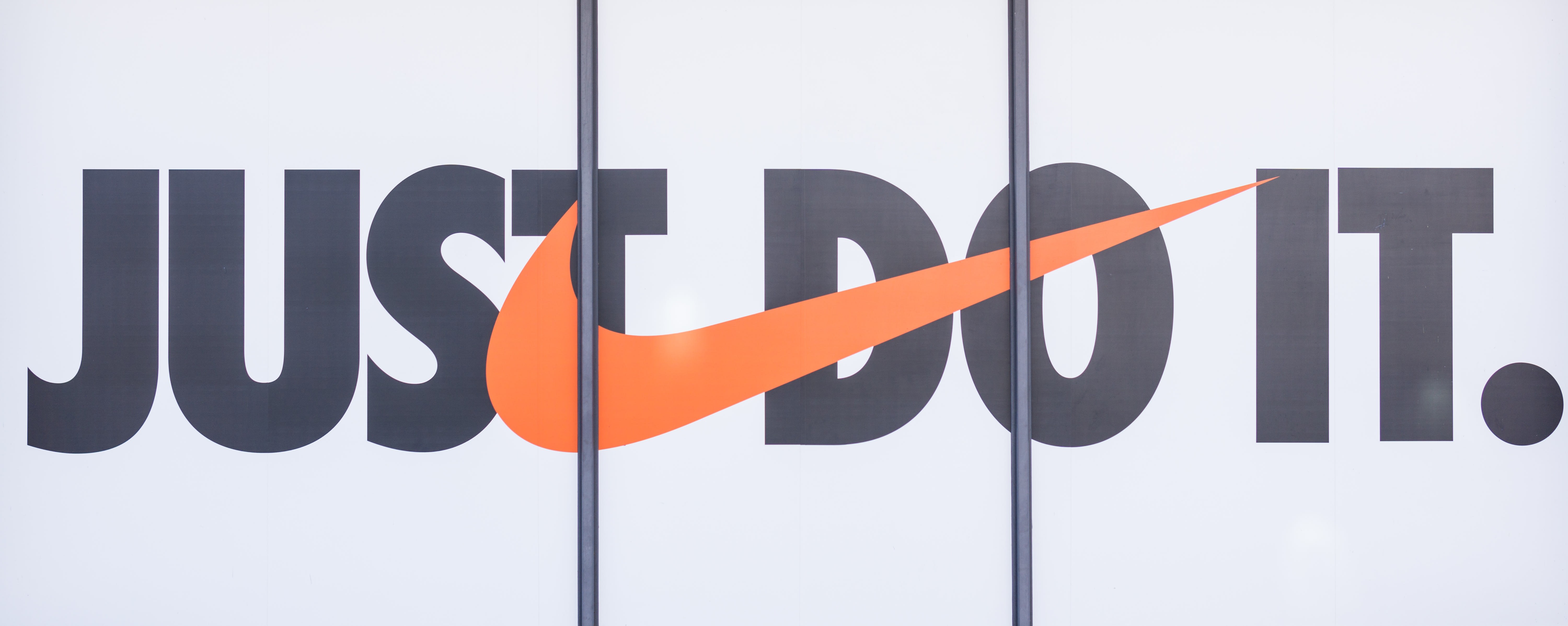Corporate Sustainability in Fashion and Luxury Companies



Summary: Due to their extensive use of toxins and non-renewable minerals for manufacturing processes like dyeing and bleaching, fashion and luxury are the most hazardous sectors in the corporate world. As a result of growing customer demand for greater operational clarity from the fashion industry, there is more pressure than ever to achieve the standards of economic, social, and environmental effects.
Several American and European fashion corporations have used a market-space control strategy to grow their operations outside of their home nations. Due to this, delocalization and sourcing strategies have been implemented, and global supply networks comprised of numerous providers and subcontractors, many of whom are based in low-wage nations, have been developed.
Sustainability is no longer a "nice to have" for fashion and luxury companies—it's a necessity. Here's a look at what some of the world's top fashion and luxury companies are doing to incorporate sustainability into their business models.
Fashion and Luxury Worldwide
The fashion and luxury industries have promoted their corporate sustainability goals and increased visibility among outside partners to protect their reputations against accusations that they are hurting the social and environmental ecosystem.
Corporate sustainability has largely emerged as a new organizational structure based on stakeholder relationships and the possibility to effectively combine economic, social, and environmental factors into business activities.
Business Ethics and Sustainable Growth
Over the past few decades, the idea of sustainable growth has attracted a lot of attention. As a result, companies began to place a high priority on sustainability issues, as social and environmental difficulties grew more serious and firms constantly came under pressure from the general public.
When developing their products and corporate strategies, sustainable businesses must promote social harmony, economic success, and environmental protection.
Key Concepts for Corporate Sustainability
- Policies promoting social and environmental sustainability for gaining a competitive edge
- Tracking sustainable development
- Recommending multiple factors for corporate sustainability

Sustainable Development Process
Making changes to business practices and goods to make them more eco-friendly can be quite expensive, which could put a company adopting a similar scheme at a serious disadvantage with its opponents. However, recent studies have proven that sustainability can be the origin of organizational and technical advancements for businesses.
The company's carbon footprint is the main emphasis of this sustainable business strategy. Additionally, the effort promotes carbon footprint reduction among its suppliers, dealers, producers, and other supply chain partners, including its clients globally.
Companies that began the journey of becoming sustainable underwent the following steps:
Compliant with standards: If businesses keep an eye on developing values, they can have more time to experiment with fresh components, techniques, and methods than their rivals, giving them an advantage.
Made supply chains more sustainable: Businesses attempt to increase efficiency by cutting down on the use of water, coal, oil, and other resources throughout the whole supply chain.
Created Sustainable products: Companies offered ecologically responsible options to clients and explored sustainable goods and services to develop new items.
Designed long-term company plans: Capable of improving client value offers by researching creative ways to satisfy customer wants.
Walmart's Sustainable Efforts Pose an Obstacle to Other Retailers
The world's largest retailer Walmart has implemented major sustainability measures that are gradually changing the way products are made, purchased, and marketed. Other retailers can learn and adopt more sustainable textile production from the company's advancements in ecologically friendly textile manufacturing and supply chain management.
Walmart made contact with the various parties in its supply chain to enlist their support for sustainability. The retail powerhouse started by first pinpointing the locations where the corporation had the greatest environmental impact.
Corporate Sustainability in the Fashion Industry

One of the most well-known sectors in the world is fashion, and its effects on the social and natural environment have been carefully explored in several academic works. The fashion industry is extremely complicated, including everything from high fashion and prêt-à-porter to transition, bridges, and mass market, and is dominated by luxury companies, multinational fashion outlets, and skilled dressmakers.
The introduction of sustainability into the fashion business has some challenges, largely for three reasons. First of all, there is no explicit definition of what operational sustainability involves.
Second, there are numerous retail market sectors within the fashion industry, and each area has its own distinct sustainability concerns.
Lastly, because there are so many supply chain players like suppliers, producers, distributors, and retailers, managing global fashion supply chains as well as applying and maintaining green strategies has become complicated.
Corporate Sustainability in Luxury Fashion
Some people view the phrase "sustainable luxury" as an irony because luxury is associated with wasteful, careless, selfish pleasure, whereas sustainability is founded on regard for the environment and society through evoking the principles of charity and ethics. As a result, the luxury market has come under intense examination regularly, which was not well received by luxury companies who were meant to stand for perfection.
Because natural resources like leather and silk are essential to their products, luxury corporations are dedicated to protecting them. In addition, because they are produced in low quantities and are frequently rare and hard to find, luxury goods reduce the use of the environment.
In contrast to being rare and beautiful, luxury goods also have the quality of durability, which is the backbone of any sustainable development. Luxury goods are viewed as investments by consumers.
In a Nutshell
The results of the research show that there are few differences in how fast fashion and luxury companies manage their corporate sustainability. To pursue a sustainable development where profit, the environment, and people are all managed, all businesses view corporate sustainability as a critical growth factor and dedicate resources and skills to this goal.
Fashinza, a company that helps clothing lines in discovering and managing suppliers, works with companies looking for sustainable and responsible production partners. They offer a dynamic technological platform that pairs companies with the strongest suppliers by using AI technology and data science.
Partner with Fashinza

Key Takeaways
- Firms in the fast fashion industry focus mostly on operational sustainability difficulties.
- Luxury companies must take steps to protect the precious and limited natural resources they use by improving structures and behaviors.
- Some differences exist in the sustainability priorities that businesses in the fast fashion and luxury markets have identified.



















